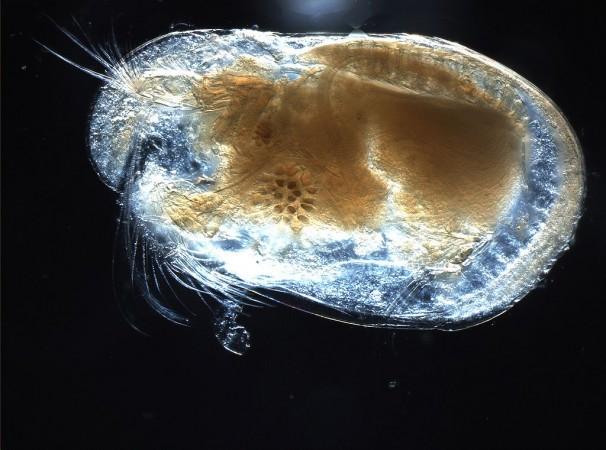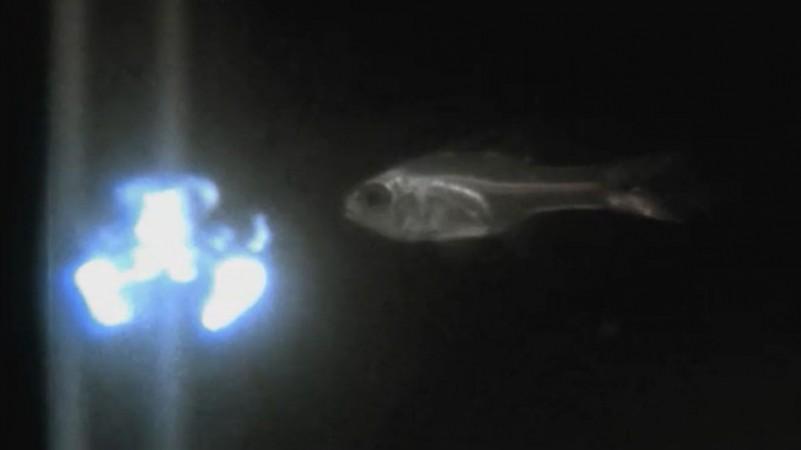
Ostracods are marine creatures that possess the ability to generate light; the taxonomical class comprises 70,000 species! The light produced is either used for protecting themselves from predators, or to attract partners for mating.
Also Read: These marine creatures follow a bizarre sex ritual!
"Their dazzling glare acts like a security light," Helen Czerski, a Physicist and BBC presenter, told the BBC.
The creatures have an organ that secretes luminescent chemicals like luciferin and luciferase, which mix to emit light in a process called bioluminescence.

In order to find out why ostracods produce light, the creatures were put in a tank along with a plankton-eating Cardinal fish.
When the Cardinal fish swallowed an ostracod, it ended up throwing up a burst of light that was emitted by the ostracod. And, the fish ended up spitting the prey out.
"It's like a little fish firework," Czerski said.
Watch what really happened when the cardinal fish swallowed the ostracod:
When the cardinal fish regurgitates, it appears to be casting a Patronus. (Photo by BBC Earth.) pic.twitter.com/mBjInfLCBc
— The QI Elves (@qikipedia) January 30, 2017
The light emitted by Ostracods glows blue in the dark, hence they are referred to as "blue sand"; the blue visible light spectrum travels farther in the deep sea, where it is extremely dark.
According to BBC film crew members, this is the reason why the evolution of the world's largest eyes took place in deep oceans.
The giant squids possess eyes as big as a human head, which have the ability to spot the faintest luminosity produced by bioluminescence, hundreds of metres in the dark depths of the ocean.
"The giant squid's huge eyes allow it to peer further through the gloom and detect these traces of blue bioluminescent light as the sperm whale approaches. It's this spectacular eye that has allowed them to survive in this inky black world," Dr Czerski told the BBC.
The light given off by ostracods prevents predators, such as the Cardinal fish, from seeing them and also safeguards them from larger mammals like the sperm whale.
Another interesting fact about these ostracods is that the light they emit is called "umihotaru", a Japanese word. During World War II, the Japanese army used to collect ostracods in huge amounts and use them as lamps for reading.

















